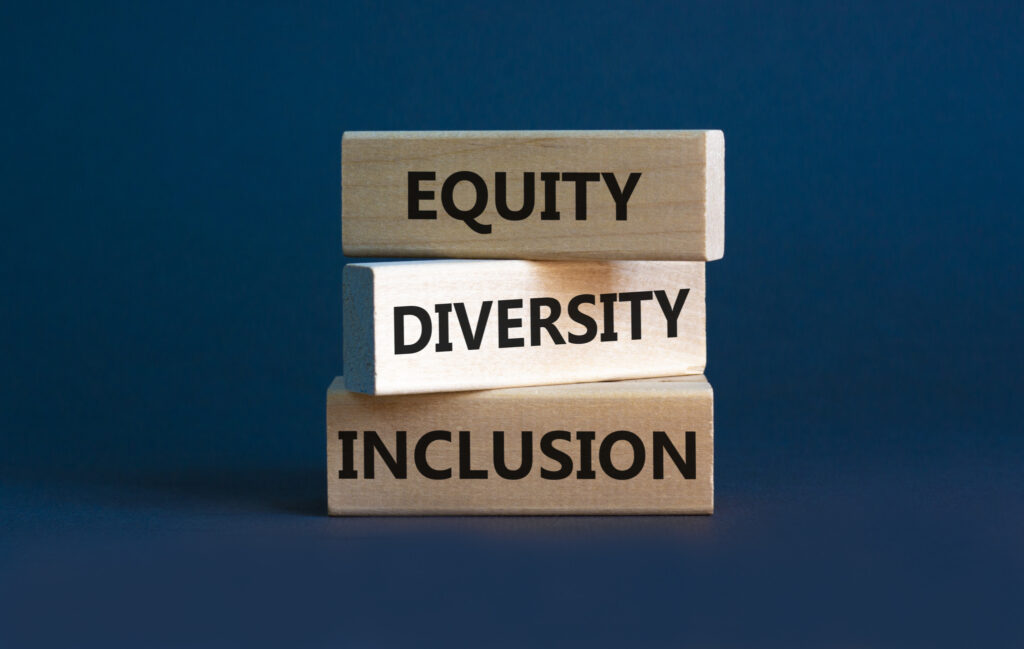5 things to know about equity, diversity and inclusion in the workplace
On International Women’s Day March 8, Trucking HR Canada hosted its annual Women with Drive conference. But a panel discussion acknowledged the need to, and benefits of, diversifying in more ways than attracting more women.
A commitment to equity, diversity and inclusion (EDI) will benefit businesses and make them more attractive employers, panelists agreed. Here are five takeaways from the discussion:
Equity vs. equality
The terms equity and equality may be used interchangeably, but they have different meanings in the context of human resources. Laura Muir, chief human resources officer with Polaris Transportation, says while equality refers to fairness and sameness, equity has a deeper meaning.
“Not everyone is from the same socioeconomic backgrounds,” she explained. “You have to give each one of those individuals the tools they need to achieve their goals.”
For example, don’t buy Size 10 safety shoes for every employee, she said. “Equity is finding everyone’s sizes and getting them what they need.”

Why does equity, diversity and inclusion matter?
There are two reasons to embrace equity, diversity and inclusion, according to Zoya Zayler, head of EDI at Amazon Canada. “I bucket it into two areas: the business imperative and the moral imperative,” she explained.
The business benefits of a more diverse workforce include more innovative ideas, which allow companies to “create better solutions” for their customers “and address diverse customer needs” more effectively, she said.
A diverse company can attract talent from a broader pool, including non-traditional sources. Morally, Zayler added, we have an obligation to “use our privilege to create better opportunities for others.”
Added Kavita Singh, human resources manager for Trans4Group: “From both a business and moral standpoint, diversity is critical to any workforce. It should be very much desired.”
How to establish an EDI culture
An EDI program can start with small gestures, said Singh.
“We attempt to observe all religious, cultural and social events,” she said. “Start small. We have a birthday club. Each month we have cake and sing Happy Birthday and celebrate people, make them feel acknowledged.”
An EDI Committee helps come up with ideas. One is to simply ask everyone about their name, its origin and meaning. Polaris has “hot chocolate hour” on a regular basis to bring together employees to discuss a certain topic, or sometimes to hear from a guest speaker on EDI issues.
Buy-in from upper management is crucial to establishing a culture of inclusivity, panelists agreed.
“Change starts at the top,” said Muir. “It has to be felt throughout the organization. Make it part of your onboarding process as well.”
Zayler encouraged a rethink of how companies reward top performers. “I’ve seen time and again in certain companies when people do really well and they’re a top performer, they get rewarded. Maybe they achieved their individual goals by putting other people down and creating a toxic culture around them and they continue to be rewarded because they’re measured on certain things that don’t include how they’re impacting others around them. Is this person adding to your culture or detracting from your culture?”
Getting C-suite buy-in
While a commitment to EDI must come from the top down, it may take some effort to convince C-suite executives of the value in making it a priority. Zayler suggested highlighting how EDI can address the key challenges facing the business.
“What does senior management care about that keeps them up at night? Tie the EDI imperative to those problems,” she suggested.
Currently the war for talent is a good opportunity to bring EDI to the forefront, she added. “It’s one of the biggest topics keeping senior leaders up at night,” she said, noting an EDI culture can help attract more talent. “What’s going to be compelling for them that’s going to help them solve the problems they are facing now?”
If budgets allow, Singh said an external audit is a good way to highlight where a business can improve on its EDI initiatives.
Don’t overlook people with disabilities
Muir said people with disabilities deserve an opportunity to prove themselves, and quite often will be the most motivated employees you can find. Don’t assume you understand their limitations, she cautioned.
Set expectations for disabled employees as you would any other. “I guarantee they’re going to shoot through the moon,” she said of those expectations. “You can have a rock star [with a disability] and it would suck if you overlooked their application.”
She said it’s acceptable during job interviews to ask candidates if they have any accommodations that must be met because the business practices EDI. “Do you know how awesome that sounds?” she said, noting she was only asked that by one of three companies that interviewed her when she joined Polaris.
Have your say
This is a moderated forum. Comments will no longer be published unless they are accompanied by a first and last name and a verifiable email address. (Today's Trucking will not publish or share the email address.) Profane language and content deemed to be libelous, racist, or threatening in nature will not be published under any circumstances.